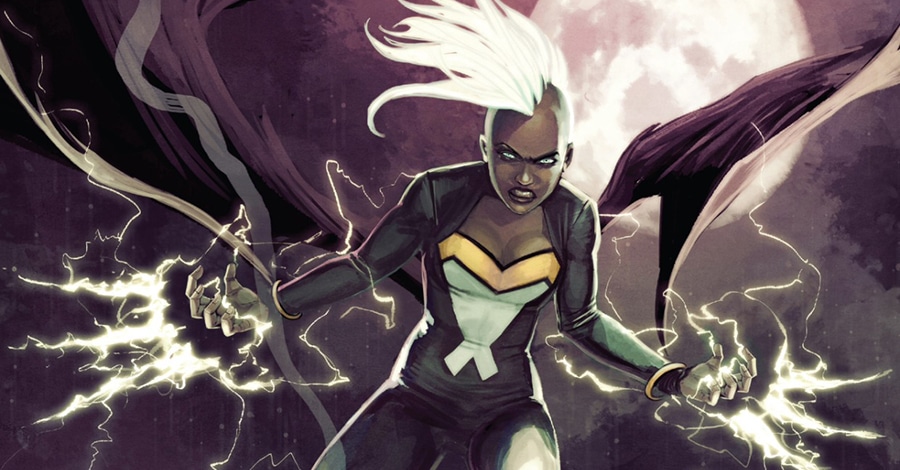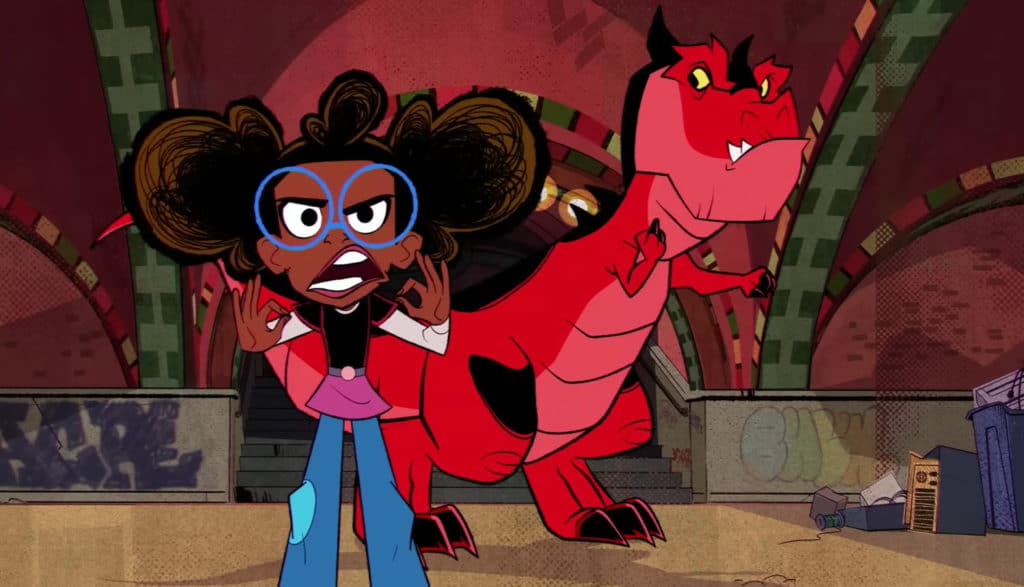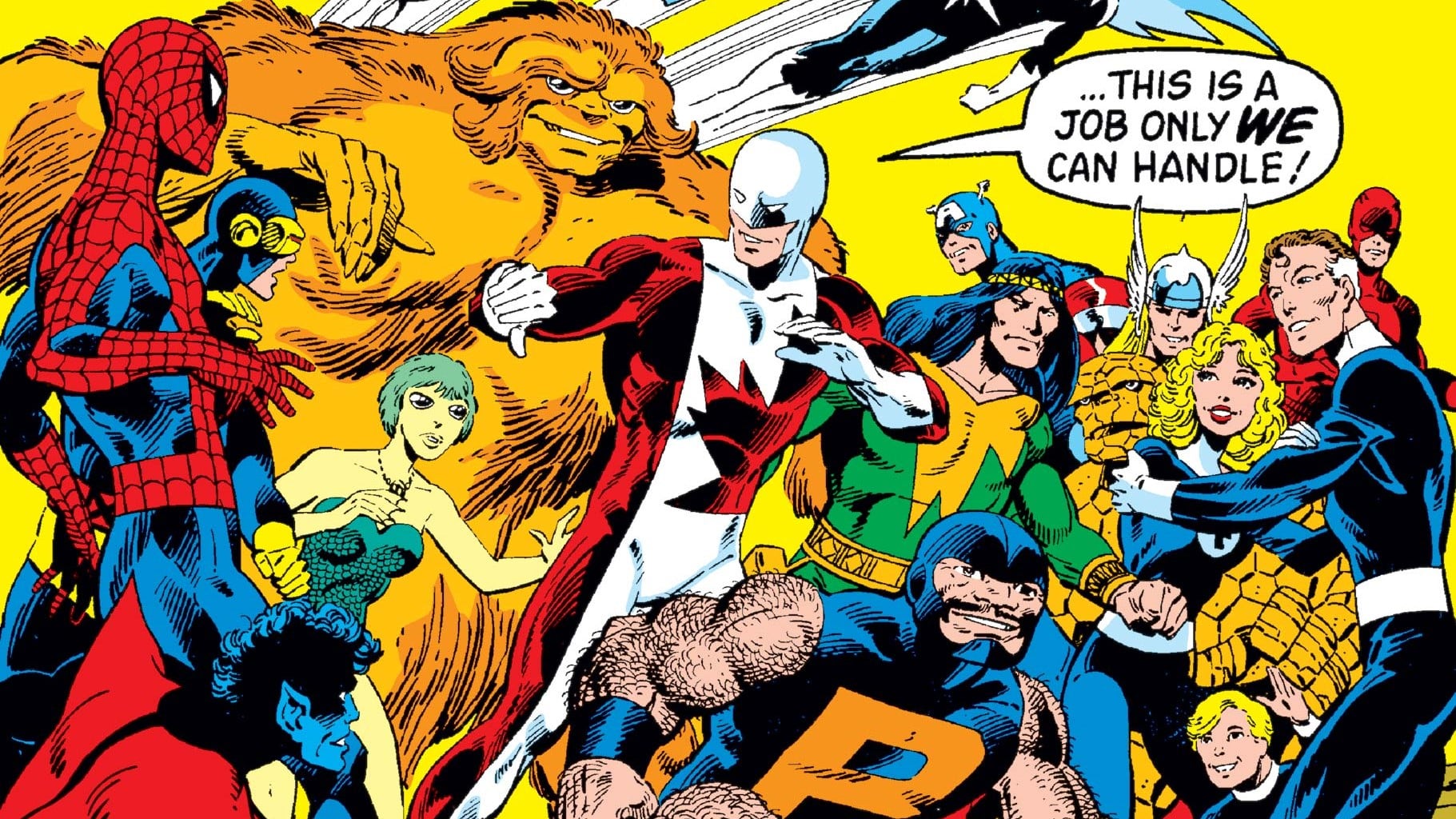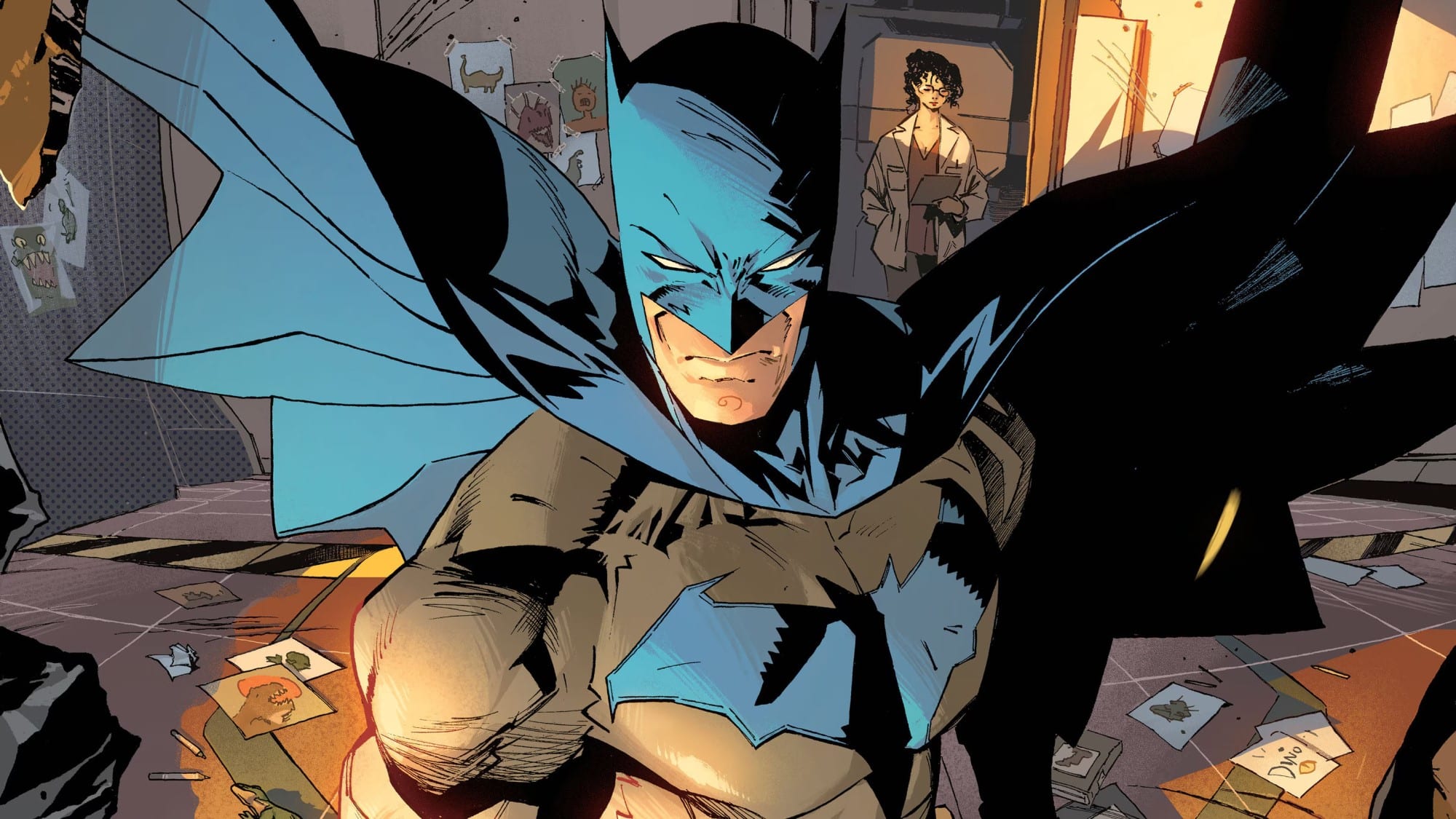This Editorial comes to us from Everett Christensen.
Stories matter, representation matters. Representation impacts how we see others as well as how we see ourselves. If there is a direct critique to be leveled at the X-Men franchise as a whole on this point it is the lack of stories that directly address the present state of race relations as it would impact the black characters of the franchise as a whole and black women in particular. It would be even harder to draw parallels between the narrative use of mutants in the comics and any civil rights issue of the past couple years. It’s worth noting that recently the Mutant Deportation Act was revealed, perhaps that difficulty may soon be eliminated. In the real world, however, black women have been pivotal movers of the present Civil Rights and race discussion in America.
Appearing in nearly half of all X-Men books Storm, Ororo Munroe, is one of the most iconic characters of the Marvel Universe, synonymous with the work of mutant activism, and the first African American woman hero in Marvel Comics. She has the greatest number of appearances of any black character of the franchise, male or female, and a larger representation than all other black women who have been X-Men combined, nearly twice over, at over 1700 appearances across the Marvel Universe since her debut in 1975. Yet stories that directly address her race far more often revolve around her responsibility to the people of Africa than around her feelings towards the black community in America. Specifically, she grew up in both Africa and America, then upon becoming an orphan, she was essentially raised in Africa. It would not be incorrect to assume there is some controversy on the topic of Storm being culturally African.

The next most popular black female mutant is M, Monet St. Croix with over 250 appearances. That there should be such a discrepancy in representation makes sense. M was created in 1994 while Storm 1975. It is not being suggested that she should have as much representation as a Marvel flagship characters, but it is telling that the gap is so large. M was also born in Algeria, stories that involve her heritage usually frame things in relation to being Muslim or being incredibly rich. Though the character grew up in Africa it’s hard to speak to any time where she exhibits signs of Algerian culture, instead, her rich upbringing provides cover for her social interactions to be generically cultured and western. In addition, during Brian Woods v4 of the X-Men M and Storm were members of the same team! Yet in that book there was no acknowledgment of any identity shared between the two women, other than being mutants.

Idie Okonquo aka Oya, clocks in at an incredible 135 appearances since she was introduced in 2010. Hailing from Nigeria her narrative has largely focused on her relationship to her Catholicism, murder, and romantic entanglements. Despite having some truly excellent storylines and fantastic character design her comments on race in America have been few. It’s only reasonable after all the character has never been confirmed to be a citizen or have actually migrated instead of simply having been kidnaped from Nigeria. Probably for the best, her family is dead to avoid confusion. Additionally, telepathy is a terrible narrative conceit for language acquisition.
Indeed, looking at the top three most popular black female mutants it is worth noting that two were born in Africa and one grew up in Egypt and Kenya. However, being a mutant and being black is enough to tell an intersectional story about either race or race through the lens of the Mutant Metaphor. As both are valid identities, the experience of one would inform the experience as the other. It would be dire to consider the representation of African American women in the X-Men without Storm, M, and Oya. If you consider Storm being raised in Africa and having most of her heritage stories about Africa, the conclusion is obvious. African American women would then be almost completely unrepresented in the franchise. If you don’t count Storm as an African American woman there are a combined number of appearances amongst all of the remaining X-Men roughly equal that of Dani Moonstar.
Other than these top three we have Frenzy, Joanna Cargill, with at least 120 appearances since her introduction as a supervillain wrestler in 1986. Once Genoshan Ambassador to the UN and Acolyte of Magneto, from Age of X to the end of X-Men: Legacy Frenzy is effectively whitewashed by her desire to become an X-Man. It must be understood that Frenzy was always very clear about the intersection of her blackness and her mutanthood, but after the Age of X her being black is never referenced or alluded to. This culminates in Legacy #268 where the Phoenix Five send her to deal with African warlords, do not mention race even once. Frenzy is recognized as a mutant and an American, but not black. Joanna saves a young girl who has been taken as a child bride. Both Joanna and the girl find they have killed their own parents, Joanna upon erupting as a mutant and the child upon being forced to join as a child soldier to local warlords. Their shared exploitation is mirrored in Joanna’s own history. The racial component of the violence done unto them is never implicitly or textually addressed and this woman’s racial identity is ignored.

Bling!, Roxy Washington, at over 90 appearances, was introduced as part of Gambit’s class and as the only explicitly queer black woman of the franchise. Angel Salvador appeared over 50 times since her introduction in 2001, though she was depowered she is still a mother to a mutant child. Alisa Tager, Cipher, was invisible for many of her more than 30 appearances. Shard Bishop, with nearly 50 appearances was introduced in 1993 killed in 2000 and Venus Dee Milo with 30 some odd appearances was introduced in 2002 and killed in 2004. Kymera, Storm’s daughter from an alternate future if both the newest and has the fewest appearances, perhaps a dozen since 2013.
Finally, Cecilia Reyes has 81 appearances since her introduction in 1997. The Afro-Caribbean medical doctor, the only M.D. in the X-men lineup no less, is fascinating in study because unlike the vast majority of stories where two black women meet in the X-Men Cecilia upon meeting Storm referred to her as ‘that tall sister’ which is more than we normally get as far as acknowledgement between characters of color of anything like African American Vernacular English (AAVE) or shared heritage between them. This mannerism was quickly lost, of course. None of the black women characters in the X-Men are shown to use AAVE regularly, which is likely for the best considering the majority of writers are white.

Through the entirety of these stories only one black woman, Yona Harvey, has written these characters. Her run on Black Panther and the Crew was swiftly canceled, but Storm is central. Her interactions with Misty Knight, Superhero and ex-roommate of Jean Grey, explicitly and deftly discuss the parallels that occur between the allegory of being a mutant and the reality of the black experience in America. It is a great example of intersectionality in comics and how it can be used to tell a better story. It is not an X-Men book.

With such a large cast of black women who have been heroes in the franchise, it should be noted that the franchise has given us depictions of black romance. But what it has not given us is black sisterhood, either as narrative or simply contextual. Even though Storm has been on teams with M, Frenzy, Bling! and Cecilia it cannot be claimed that these women have had interactions that can be acknowledged as intersectional. In fact, it’s rare to see any acknowledgment of these characters race at all.
Which brings us to Roxy. As mentioned she was introduced as one of Gambit’s class of mutants the Chevaliers, most of which did not have traditional human appearances. A minor character, she was gung-ho about becoming an X-Man, committed and driven. The reveal of her sexuality as the only queer black woman to wear the X was handled in a casual fashion that bordered on tasteful. Despite having been good enough to be called up to the big leagues to fight Apocalypse she has remained a background character. We have seen nothing of her backstory and there has never been a reference to her ethnicity.

Most of her characterization comes from Brian Wood’s X-Men v4, which entirely concerned her sexuality without any acknowledgment that she was also black in that space. It is almost as if her mutated gray skin has erased her blackness. Thus far this trend has continued with the first four issues of Christina Strain’s Generation X, but as Roxy is a main character the trend may be bucked. Any acknowledgment that her queerness is also impacted by her blackness as well as by being a mutant would be something entirely new in the X-Men franchise.
And is that not what is truly being demanded? Something entirely new. A black female writer for the franchise, for instance. Not to diminish the groundbreaking and fundamental work of extant women writers of the franchise in any way, instead to build upon that legacy and pushing for a greater diversity of storytelling. Fabian Nicieza once said
Personally, I think such diversity is very important, but not for PC related reasons, just the opposite, actually, because diversity creates greater opportunities for differences of opinion, background, life experiences, which helps generate more conflict which is the foundation for good drama.
In a climate where there is pushback against diversity as a concept, it is critical that the X-Men franchise does more than just lip service to the ideals that the narrative espouses and should seek to expand its minority representation on the page and in the office.
Black small business owner, obviously a little mad about the X-Men.






